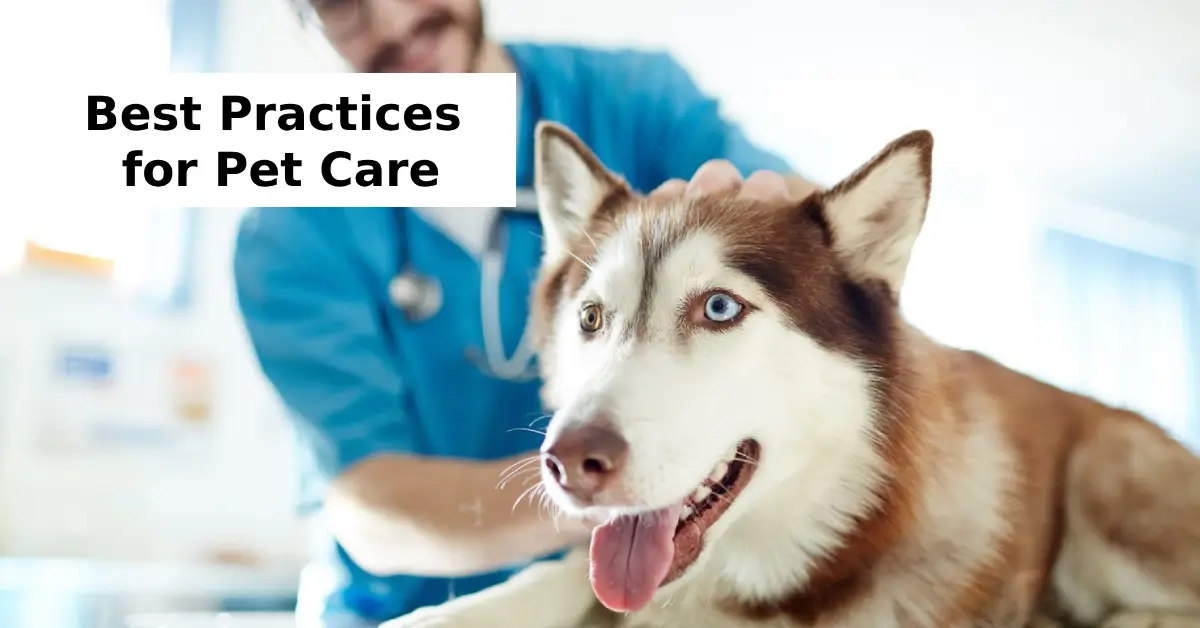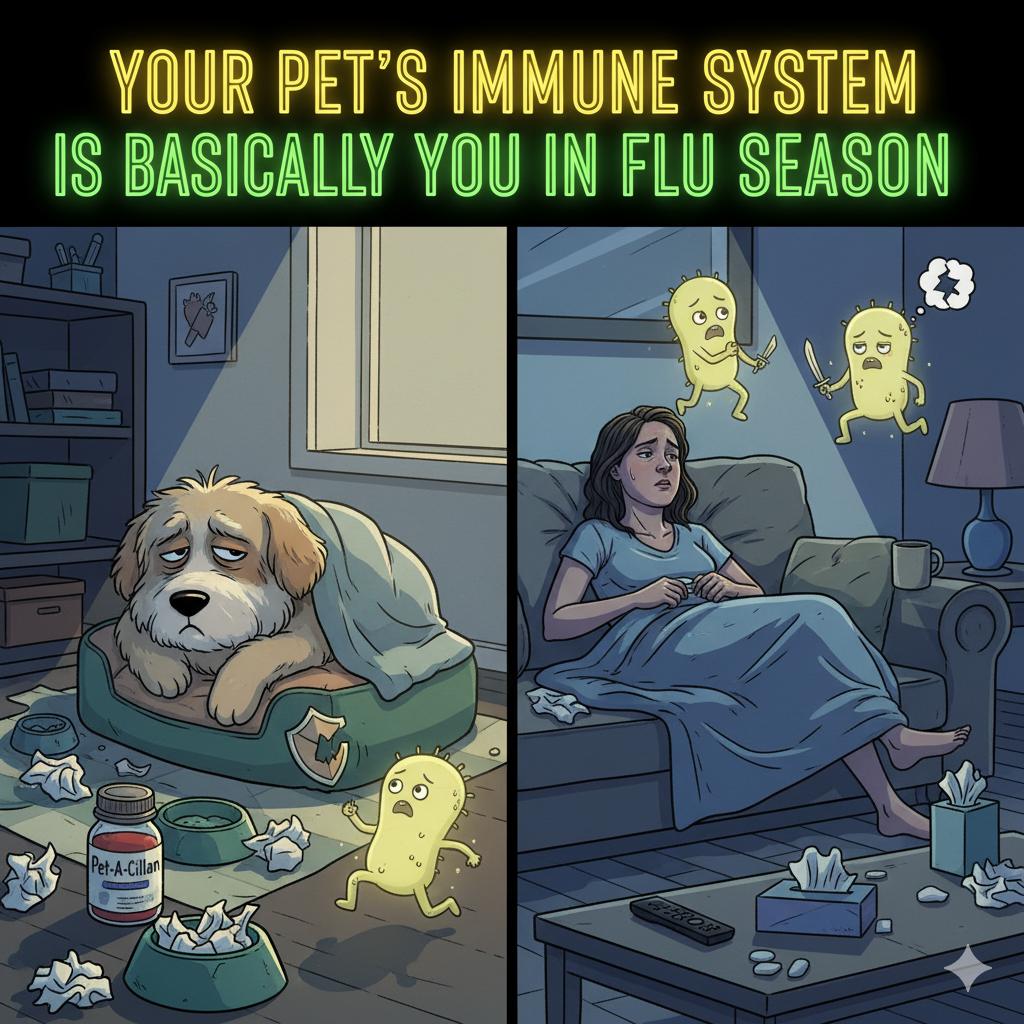Whether you’re a new pet owner or a seasoned pet enthusiast, understanding the best practices for pet care is essential for ensuring your furry companion’s health and happiness. Proper care not only strengthens the bond between you and your pet but also prevents common pet health issues in the long run.
In this guide, we’ll cover all aspects of responsible pet parenting—from daily pet care routines to basic dog training techniques, positive reinforcement training, grooming, diet, and more. This is your one-stop destination for creating a stress-free, joyful life for your pets.
Best Practices for Pet Care at Home
Caring for pets at home goes beyond love and cuddles. It involves maintaining a consistent routine and staying alert to your pet’s needs.
Create a Daily Pet Care Routine
A structured daily pet care routine helps maintain your pet’s physical and mental well-being. Include:
- Feeding at regular intervals
- Morning and evening walks (for dogs)
- Playtime for stimulation
- Grooming sessions
- Litter cleaning (for cats)
- Regular hydration and clean bedding
This routine is especially helpful for busy professionals looking for efficient ways to manage pet care.
Follow a Pet Hygiene Checklist
Cleanliness is crucial in keeping your pet healthy. Here’s a simple pet hygiene checklist:
- Bathe once a week or as advised by a vet
- Brush fur daily (especially long-haired breeds)
- Trim nails every 2-3 weeks
- Clean ears and eyes weekly
- Wash bedding bi-weekly
- Brush teeth with pet-safe toothpaste
Maintaining hygiene reduces the risk of common pet health issues like infections, fleas, and skin disorders.
Healthy Pet Diet Plan
A balanced healthy pet diet plan plays a vital role in longevity and vitality. Whether you have a dog or cat, provide age-appropriate food, adequate protein, and necessary vitamins.
Best food for dogs and cats includes:
- High-quality kibble or wet food with real meat
- Vegetables like carrots, peas, and pumpkin (dog-safe only)
- Avoid grapes, chocolate, onions, and garlic
- Ensure clean water is always available
Consult a vet to tailor your pet’s diet to their breed, age, and health conditions.
Pet Vaccination Schedule: Why It’s Essential
Staying updated with your pet vaccination schedule protects against deadly diseases such as rabies, parvo, and distemper.
Here’s a basic timeline:
| Age | Vaccine Type |
|---|---|
| 6–8 weeks | DHPP (distemper, hepatitis, parvovirus, parainfluenza) |
| 12–16 weeks | Rabies |
| Annual | Booster shots (as advised by the vet) |
Urban and rescue dog owners should be extra cautious about vaccinations, especially in communal or outdoor environments.
Basic Dog Training Techniques
Basic dog training techniques form the foundation of a well-behaved pet. Begin with essential commands like:
- Sit
- Stay
- Come
- Leave it
- Heel
Training should start as early as 8 weeks old using positive reinforcement training methods such as treats, praise, and clickers.
Obedience training for dogs ensures your pet responds in public places and avoids aggression or anxiety.
Crate Training Tips for Puppies
Crate training tips for puppies are crucial for housebreaking and creating a safe haven for your pet.
Tips include:
- Use a crate that’s big enough for the dog to turn and lie down
- Never use the crate as punishment
- Gradually increase crate time
- Make it cozy with a blanket and a toy
Crate training is particularly useful for urban pet owners living in apartments.
How to House Train a Dog
Learning how to house train a dog can be challenging but is entirely doable with patience.
Steps:
- Take them out every 2-3 hours initially
- Reward immediately after outdoor relief
- Stick to a consistent potty schedule
- Clean accidents with enzymatic cleaner
House training builds discipline and reduces stress for both pets and their families, especially for families with children.
How to Train a Rescue Dog
How to train a rescue dog requires extra care, as many rescues suffer from trauma or fear. Start slow:
- Create a safe, calm environment
- Avoid loud noises or fast movements
- Use positive reinforcement training techniques
- Build trust with food, toys, and cuddles
- Avoid punishments; redirect bad behavior instead
With love and consistency, even anxious dogs can thrive in a new home.
Pet Grooming Guide
A proper pet grooming guide helps keep your pet clean, healthy, and stylish.
Grooming includes:
- Brushing fur to prevent matting
- Bathing with pet-safe shampoo
- Nail trimming to avoid overgrowth
- Ear cleaning to prevent infections
- Coat trimming for long-haired breeds
Grooming also allows you to detect any common pet health issues early like lumps, parasites, or skin irritation.
Tips for Obedience Training for Dogs
Good manners are key to a happy pet and a peaceful household. Obedience training for dogs should focus on consistency and clarity.
Quick Tips:
- Train in distraction-free areas first
- Keep sessions short (5–10 minutes)
- Reward correct behavior instantly
- Repeat commands consistently
- End sessions on a positive note
Great for first-time dog trainers looking for structured and easy methods.
Pet Care Tips at Home for Apartment Living
Pet care tips at home become even more vital in small spaces like apartments:
- Use pee pads or indoor toilets (for small dogs)
- Maintain strict walk and play schedules
- Keep noise under control to avoid complaints
- Use vertical spaces (cat trees, shelves) for stimulation
- Regularly vacuum pet hair to maintain hygiene
These tips are ideal for urban pet owners balancing a busy lifestyle.
Common Pet Health Issues to Watch For
Being aware of common pet health issues helps in early diagnosis and treatment.
Look out for:
- Vomiting or diarrhea
- Excessive scratching or shedding
- Lethargy or mood changes
- Bad breath or dental issues
- Eye discharge or redness
Always consult a vet if you notice anything unusual.
Final Thoughts
Adopting the best practices for pet care transforms you into a confident and compassionate pet parent. From creating a healthy pet diet plan and understanding the pet vaccination schedule to mastering obedience training for dogs, consistency is key.
Whether you’re a new pet owner, a family with children, or someone learning how to train your puppy, the secret lies in routine, patience, and lots of love.






1 thought on “What Are the Best Practices for Pet Care and Training?”